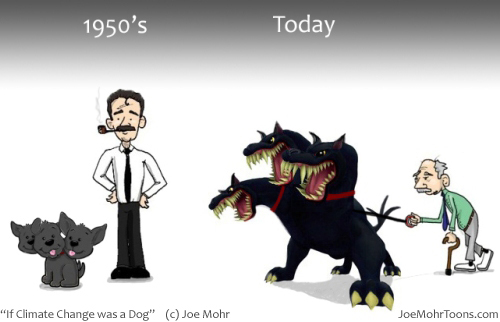
One thing I often do with my students, when the opportunity arises, is ask them to tell me the 5 biggest countries according to geographic size and then ask them the 5 biggest countries according to population. I don’t know why, but I find such information very interesting. So, you can imagine how happy I was when I discovered this map on the website Big Think, which puts the most populous countries in the world into the geographically-largest countries. Actually, I think I’ve seen this map once before,.. but not sure where. As Frank Jacobs of Big Think notes, “The map is referenced on half a dozen websites where it can be seen in full resolution (this one among them), but it is unclear where it first originated, and who produced it (the map is signed, in the bottom right hand corner, by JPALMZ).”
Anyway, Jacobs offers a nice discussion of how things would be different. Here’s a little part of that:
The averages per country would more closely resemble the global average of 34 per mi² (13 per km²). But those evened-out statistics would describe a very strange world indeed. The global population realignment would involve massive migrations, lead to a heap of painful demotions and triumphant promotions, and produce a few very weird new neighbourhoods.
Take the world’s largest country: Russia. It would be taken over by its Asian neighbour and rival China, the country with the world’s largest population. Overcrowded China would not just occupy underpopulated Siberia – a long-time Russian fear – but also fan out all the way across the Urals to Russia’s westernmost borders. China would thus become a major European power. Russia itself would be relegated to Kazakhstan, which still is the largestlandlocked country in the world, but with few hopes of a role on the world stage commensurate with Russia’s clout, which in no small part derives from its sheer size.
Canada, the world’s second-largest country, would be transformed into an Arctic, or at least quite chilly version of India, the country with the world’s second-largest population. The country would no longer be a thinly populated northern afterthought of the US. The billion Indians north of the Great Lakes would make Canada a very distinct, very powerful global player.
Of course, this is all just for fun, and there are environmental issues and calculations not considered, such as the environmental constraints of mountains, deserts, etc. and identifying the “livable” area of countries before rearranging them. Nonetheless, it certainly is fun to look at the map and think about how things would be different 😀



